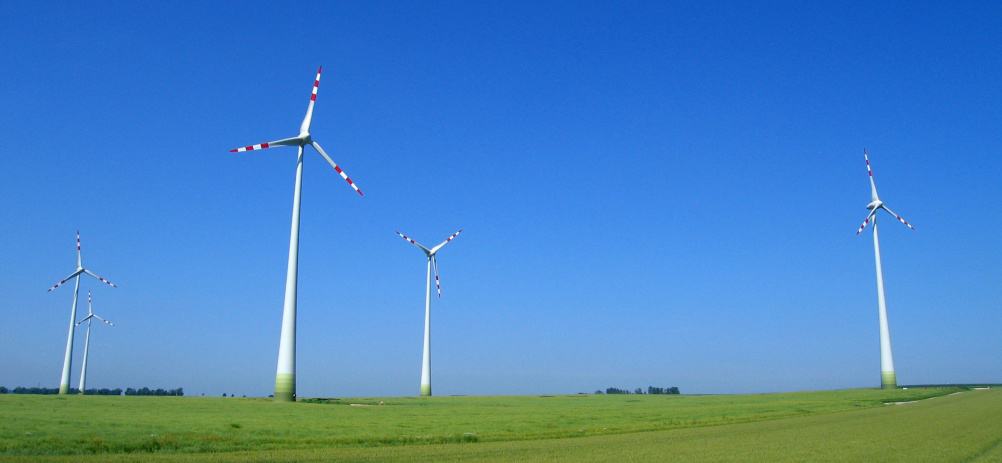The dramatic collapse in the price of crude oil in the second half of 2014 has been much commented on across the media. Some of that commentary has tried to work out whether this fall is good or bad news for the renewables sector, with mainstream, non-expert opinion taking a view that as oil’s competitive advantage is increased, renewables will suffer. That may or may not be the case, but the issue needs to be unpacked further beyond that simplistic analysis if players in the field are to work out how to react appropriately.
The first thing to note is that not all sectors are affected equally. Very little oil is used directly for power generation so a fall in the price of that fuel does not have a direct effect on most renewables as they are electric technologies. Firms in the electric transportation or biomass heating business are likely to be harder hit. But to the extent that a fall in the oil price affects gas prices and thus the wholesale price of power then it is of concern to the mainstream renewable industry. Gas prices have been falling in the UK, and this is affecting power prices.

A lot also depends on timing. If the fall in the oil price and consequently gas prices is short-lived, up to perhaps one or two years, then there shouldn’t be much impact if the prospect thereafter is a higher cost trajectory. However, if the trough were to appear to stretch out several years ahead, then it would be more difficult to sustain ‘high cost’ renewables in the face of ‘cheap’ fossil supplies. Maintaining support for policies that promote renewables will become harder.
One way that difficulty will manifest itself in the UK will be through the impact on an arcane piece of policy called the Levy Control Framework (LCF). This very boring title hides a mechanism of extreme importance to renewable power in the UK, as it dictates how much HM Treasury allows the Department of Energy and Climate Change (DECC) to take out of power bills to support the low carbon agenda. While support given through the Renewables Obligation or Small-Scale Feed-In Tariff is immune from changes in the power price as this is paid as a fixed or near-fixed premium, that is not the case for the new Contract for Difference (CfD). The latter is a variable premium, topping up from the market price to a fixed ‘strike price’. If the market price for power goes down, then the amount needed to top up increases, and therefore the LCF is used up quicker. With a forecast of long-term reductions in the wholesale price, DECC will not be able to contract for as much renewable capacity without risking busting the budget, further increasing the ‘allocation risk’ that developers face – this is a measure of the difference between the amount of capacity that can bid for CfDs and the budget available to support new projects, and it already appears to be very high.
Even before the first allocation round opened, the impact of this mechanism was exposed, as DECC reduced its forecast of power prices by up to £13/MWh between July and October, massively reducing the buying power of the budget available. However, comparing the updated forecasts for 2015/16 with the current forward price for the coming year indicates that a further £10/MWh reduction may be justified. A further shock to the renewable industry seems inevitable, though there may be a natural floor to the fall once gas prices come down to the point where coal becomes the marginal resource on the power system so long as coal prices do not fall also.
Thus we will be in for a testing time if the prospect is for an extended period of low power prices. Through this time, renewable advocates will have to bolster their arguments about the benefits of price stability from renewables providing an insurance policy against future shocks, or renewables increasing energy independence. They will also have to keep the public and policy-makers’ attention on the wider agenda of unpriced environmental externalities and subsidies in all forms, including the imperative need to mitigate climate change. A focus on this bigger picture will be needed to stick to the course of decarbonisation and high renewable contributions to the mix.
It is very important that there is such a response to this prospect of low fossil fuel prices into the future, as this is quite likely to occur in the medium to long term. While the current price crash is more to do with slowing economic growth and geopolitical manoeuvrings, if we address the need to decarbonise the global economy effectively, then the demand for fossil fuels will be on a long-term path to zero. As demand drops, so will the price – the prospect is that the last barrel of oil extracted will be sold for virtually nothing. The temptation for Governments will be to put off reductions in carbon emissions to take advantage of the cheap fossil fuels and gain economic advantage, offering up a modern version of Augustine’s famous prayer: “Lord make me low-carbon – but not yet”. Sticking to the course will require constant reminders that the laws of physics pay no attention to the oil price, and will extract payback in the form of extreme climate impacts if they are ignored











Water Sector Talent Exodus Could Cripple The Sector
Maybe if things are essential for the running of a country and we want to pay a fair price we should be running these utilities on a not for profit...